Popular on Food52
Continue After Advertisement
57 Comments
vegasslots
April 17, 2024
https://yamboal.com
https://stromectoldm.com
https://stromectolq.com
https://karabukescortbu.info
https://batmanescortbu.info
https://igdirescortbu.info
https://masbangkit.com
https://onest.asia
https://yamboal.com
https://music-art-productions.com
https://cdrrmc.gensantos.gov.ph/vegasslot
https://cdrrmc.gensantos.gov.ph/vegasslots
https://206.189.45.209/
https://vegasbetplay.com
https://vegasslot.pw
https://stromectoldm.com
https://stromectolq.com
https://karabukescortbu.info
https://batmanescortbu.info
https://igdirescortbu.info
https://masbangkit.com
https://onest.asia
https://yamboal.com
https://music-art-productions.com
https://cdrrmc.gensantos.gov.ph/vegasslot
https://cdrrmc.gensantos.gov.ph/vegasslots
https://206.189.45.209/
https://vegasbetplay.com
https://vegasslot.pw
Tony E.
May 12, 2021
I cut the fat off some 2 huge shoulder pork and through it in the slow cooker over night. Perfect.
j7n
May 10, 2021
I made my lard in large batches on stovetop last winter, when it was easy to carry meat products and freeze them for free outdoors. I used a meat grinder. One pot took about 4 hours. This doesn't produce any cracklings, but a savory protein meal, unlike when cut with a knife, which is more time consuming.
The most tasty lard for me is actually liquid, obtained from the back of the pig. I use this more expensive tasty lard sparingly with eggs or on bread. In general, lard is easy to clean up, being mostly unsaturated unlike tallow. The process can get messy.
The most tasty lard for me is actually liquid, obtained from the back of the pig. I use this more expensive tasty lard sparingly with eggs or on bread. In general, lard is easy to clean up, being mostly unsaturated unlike tallow. The process can get messy.
Lisa W.
August 14, 2020
Have never rendered lard, but have done with tallow (beef fat). Easy and worth it!
lefitfen
January 4, 2020
I was so grateful to found https://mmini.me/meltrawfat, it helped me not only to lose weight but keep it off, hope it helps some others!
jakestavis
November 20, 2017
trying my hand at rendering some fat in the slow cooker today, would you recommend leaving it covered or having the lid slightly ajar? i added a bit of water per your recommendation but want to make sure it evaporates in the rendering process. thanks!
Tony E.
May 12, 2021
I didn't use any water when I put mine in the slow cooker. However I used the fat from the shoulder cut. Not sure if that makes a difference.
Betty D.
January 24, 2017
I have rendered my own leaf lard for the past 5 years and we love it. We put it through a meat grinder then cook it down in a crock pot. My second batch this year did not harden. I was wondering if anyone may know
why. Thanks!
why. Thanks!
Farmkid
September 22, 2016
I'm confused as to why people who don't raise farm animals insist on proclaiming what makes them "happy". Hogs are not necessarily "happier" outside than inside. They want to be well fed and comfortable. I keep my cats indoors at all times for their safety and they look perfectly "happy" to me. I grew up on a farm, and our animals had access to both. It depended on time of year, what the grass was like, what the weather was like, whether coyotes were howling, etc. The nutrition and flavor of the product is another matter. Feel free to comment on that.
MamaCruz4
September 27, 2020
I'm pretty sure our backyard chickens are happy, and believe me, they do NOT come in the house. I think if we do the best we can to raise any animal, or any child, with love, care, attention, and respect, we'll probably do okay. Neglect, abuse, and selfishness on the part of the caregivers are the way to ruin a promising life. Indoors versus outdoors is just location, as long as the basic need for some kind of safe shelter is met.
Tony E.
May 12, 2021
They had mentioned being outside under the Sun lets their skin produce vitamin D which apparently can affect the flavor.
relishyourchef
November 18, 2015
question- you can put the hot liquid lard into a jar and cap immediately? you don't need to let it cool down first? thanks
BakerMary
October 22, 2017
Use canning jars, preheat by filling with hot water then drain and dry. they can take the heat. If you have other jars, preheat as above then set a spoon in the jar while you fill it. This dissipates the heat a bit,
Regent
August 23, 2015
I managed to stumble upon a pork farmer at the Hollywood Farmer's Market here in Los Angeles. Started rendering my own leaf lard for pie crusts immediately. WOW! It's been years of trying to find a resource, and finally success. But also discovered that the world's cutest dog, our Nounour [he's a pure-bred Bieffe] savors his dinner when it is sprinkled with some cracklings, or likes a few shavings of frozen lard dressing the top (canine Parmesan?), and is forcing(?) me to continue to render, and make a weekly peach pie.... What a life! Thank you for the tips on rendering s l o w l y ... that first batch was light brown and scented. And Nounour would like to thank you for the beautiful sheen of his coat.
the T.
June 30, 2015
Mom used to render ladr too- she always saved the bits and made crackling potica with it!
Megan G.
June 30, 2015
Can you just put the refrigerated lard through the meat grinder before you you render it instead of grating it?
Bobbe
November 3, 2014
I just rendered 1 lb. of leaf lard that I bought from a respected pig farmer at the Baltimore Farmers Market. Used a heavy pot, very low flame and 4.5 hr. My lard turned out pure white but why does it smell like...ham hocks? Just not sure this will make a good pie crust which was the reason I made it in the first place. Is this pronounced smell normal?
Danny S.
August 23, 2014
Sylvia thanks for so much information. Your Grandmother was a lovely lady. I grew up with pioneers like her. Spent many hours in the storm cellar hiding from tarnados. Too bad I didn't have a tape recorder.
Regards, oldcatman
Regards, oldcatman
Sylvia C.
August 23, 2014
My grandmother, who died in 1971 or 72 at the age of 99, was a covered-wagon pioneer when she was only 9 months old. Her family left Missouri for Kansas and Nebraska then, and they lived in sod houses and dugouts until they were able to build a brick house in Kansas. It was a hard, hard life, what with riding (side-saddle!) to round up cattle and kill rattlesnakes, and a hard-earth floor. Grandma could do anything, and she could, as the proverbial saying goes, make "a silk purse out of a sow's ear." It was my great good fortune that my life intersected with hers, and sometimes, still, I feel her standing quietly beside me as I make noodles that aren't as good as hers or pie crust that almost is.
Peter F.
July 25, 2014
Thank you for sharing. One question- approximately how long will the lard last unrefrigerated and refrigerated? How do you tell if the lard is rancid?
Sylvia C.
July 25, 2014
It won't last long at warm room temperature. On the farm where I grew up we kept it in a cool cellar in a crock. But refrigeration is best (or freeze it) if you don't have a cool root cellar. (Some lard has a small amount of salt added as a preservative and I believe it can be kept a while at room temperature when salt is added.) Rancidity is a fairly rank smell; you will know it.
Jenny M.
July 26, 2014
Actually, lard is shelf-stable at room temperature provided it is properly rendered. If any water or moisture remains in the lard, it will leave it prone to rancidity, so if you're uncertain all the water was removed during rendering, keep it in the fridge (up to 12 months) or freezer (up to 1 year).
Remember that lard is comprised primarily of monounsaturated fat (same fat found in olive oil) and saturated fat (same fat found in coconut oil and ghee) all of which are stored at room temperature. Rendered bacon fat is also something you'd store at room temperature, too. Stored at room temperature in a dark cupboard, and capped with a tight lid when not in use, properly rendered lard will last several months.
Remember that lard is comprised primarily of monounsaturated fat (same fat found in olive oil) and saturated fat (same fat found in coconut oil and ghee) all of which are stored at room temperature. Rendered bacon fat is also something you'd store at room temperature, too. Stored at room temperature in a dark cupboard, and capped with a tight lid when not in use, properly rendered lard will last several months.
Sylvia C.
July 26, 2014
Isn't one year the same as 12 months? I agree, in cool conditions it will keep that long. And yes, we did always store rendered bacon fat at room temperature. The difference is that we had a huge crock of lard for the long haul, for many a pie crust. So we did try to keep it in a cool place. Sounds like you are an old hand with lard, Jenny.
Jeff K.
July 20, 2014
I got leaf fat from a local butcher shop from naturally raised pigs. When I was chopping it there was a feint barnyard aroma. During rendering (stove-top, low heat) it became more pronounced. After straining and putting in jars there is still a little bit of order. It tends to dissipate during cooking. I see other lard instructional sites do not really mention the 'smell' specifically. Any thoughts?
Sylvia C.
July 20, 2014
The smell is normal while rendering the fat, but usually, properly stored lard (refrigerated or frozen) should have little if any smell after the rendering process. The best test is to make biscuits or pie crust with it and taste the result. I suspect you will find that the smell is gone.
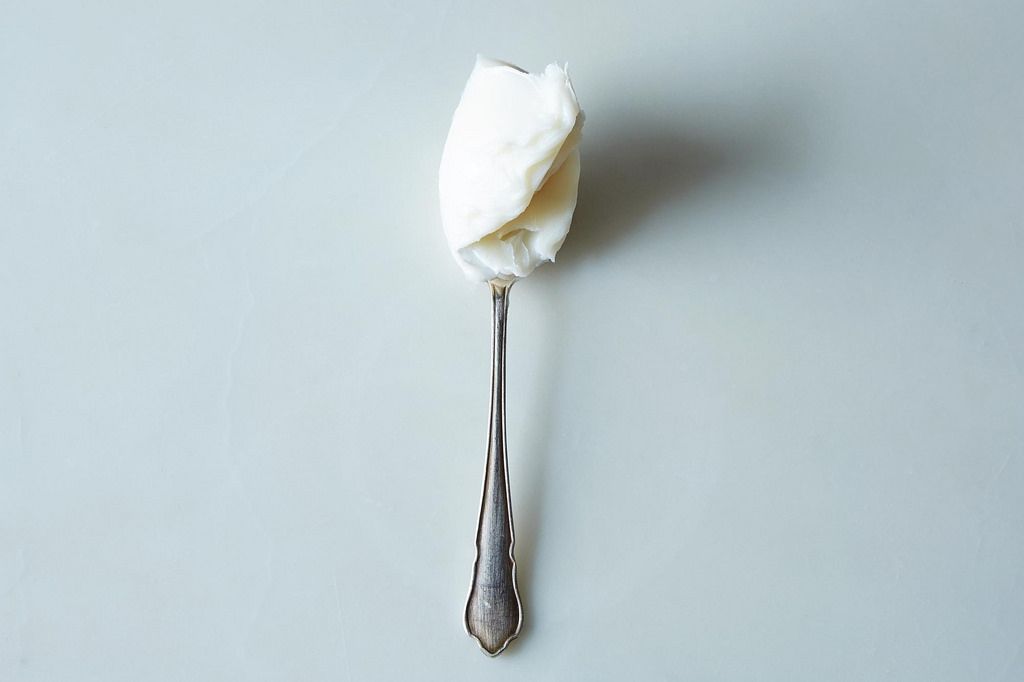
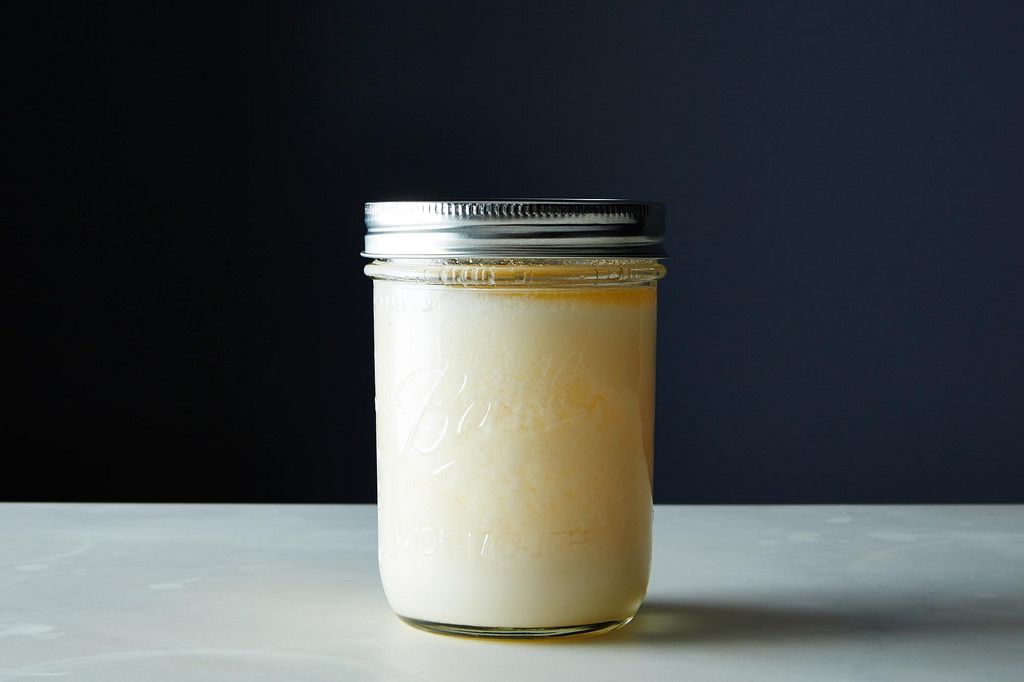
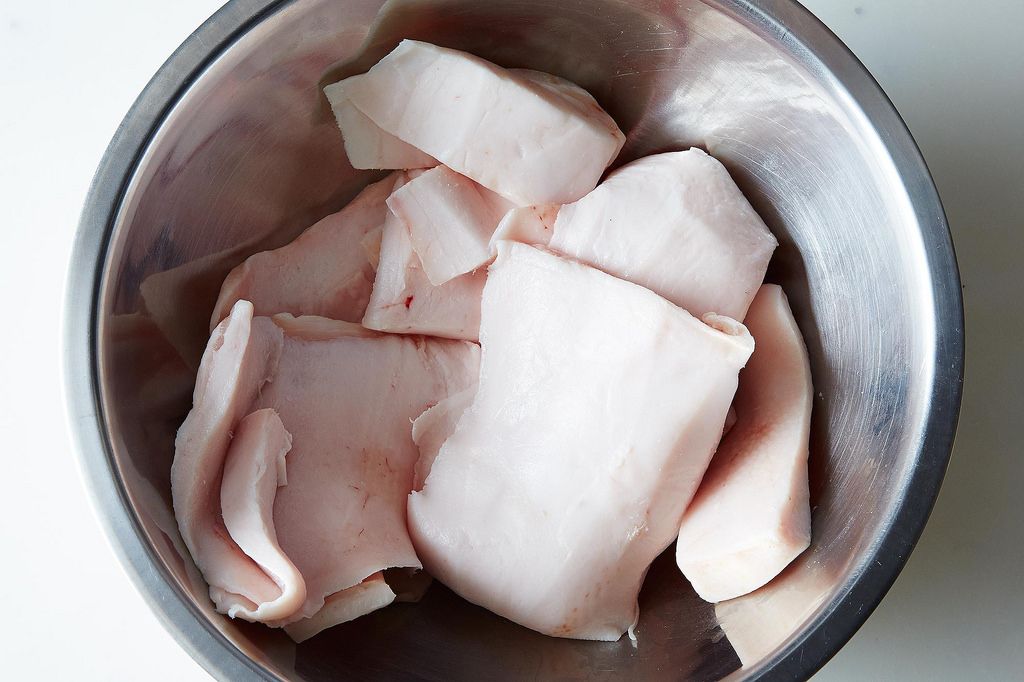
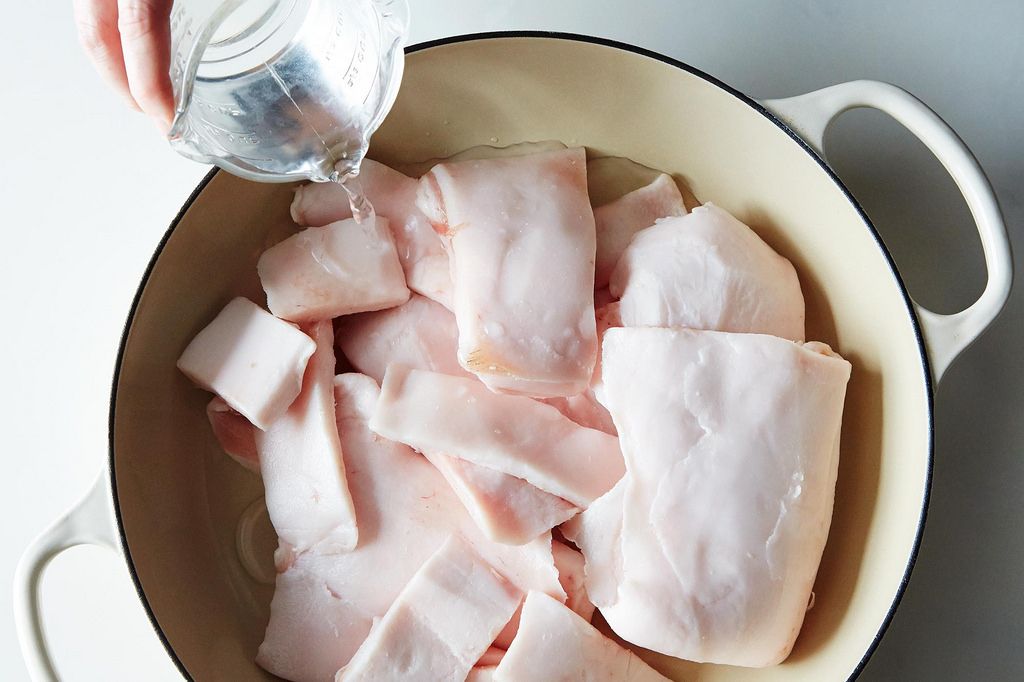
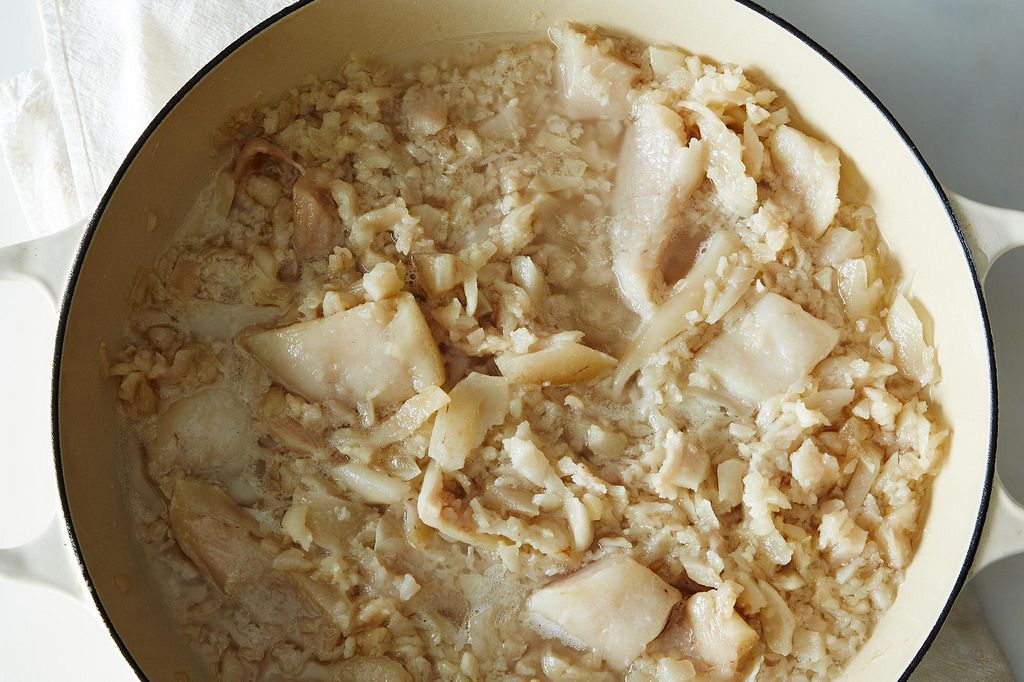
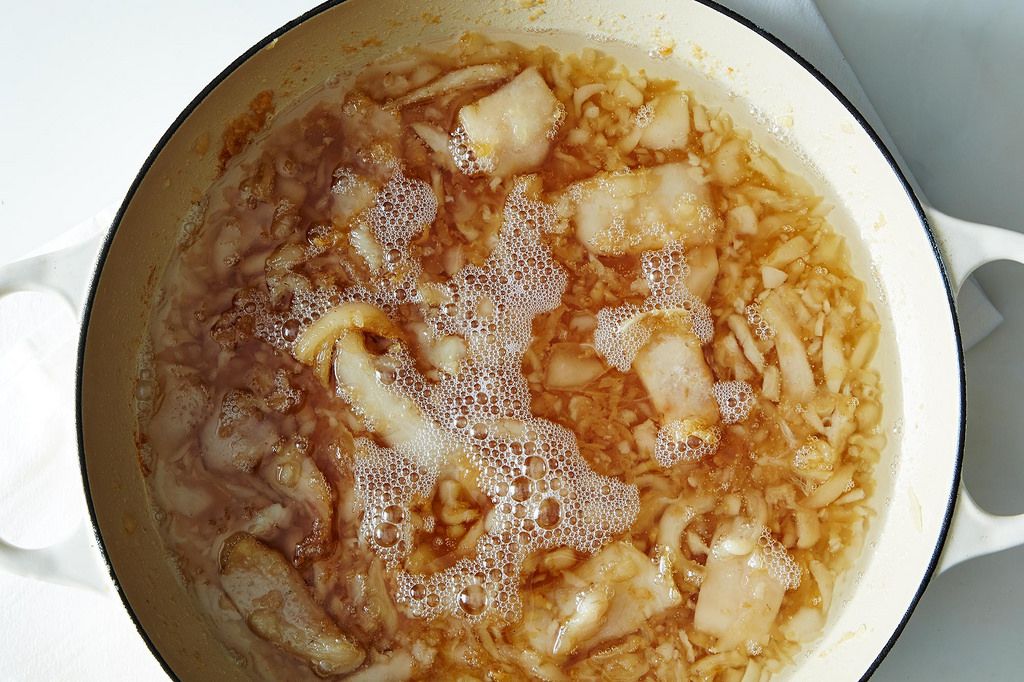
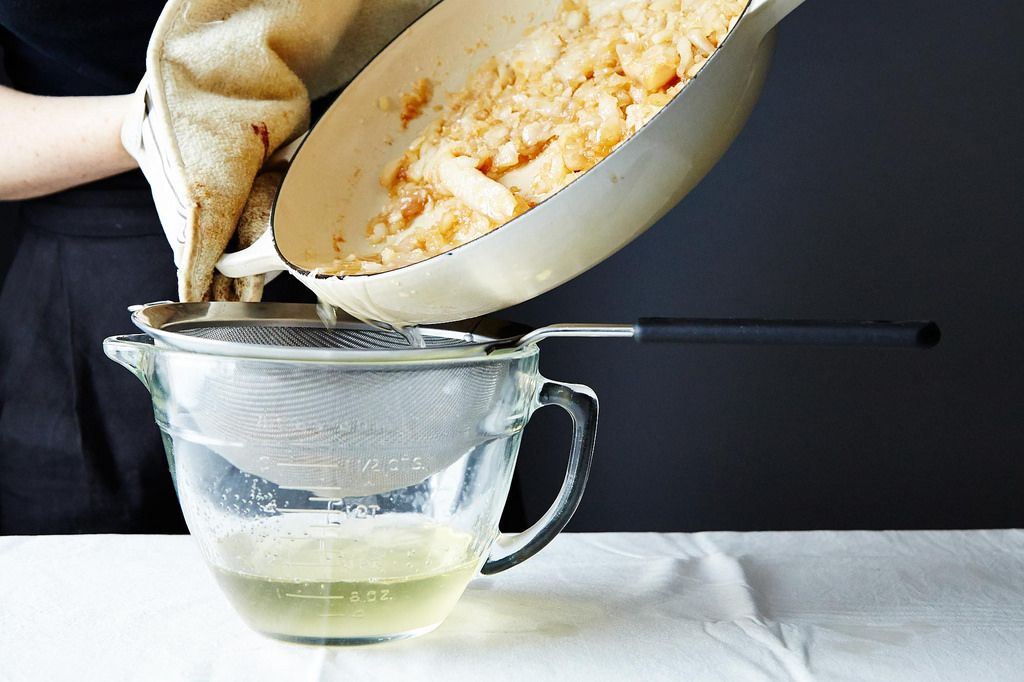

See what other Food52 readers are saying.